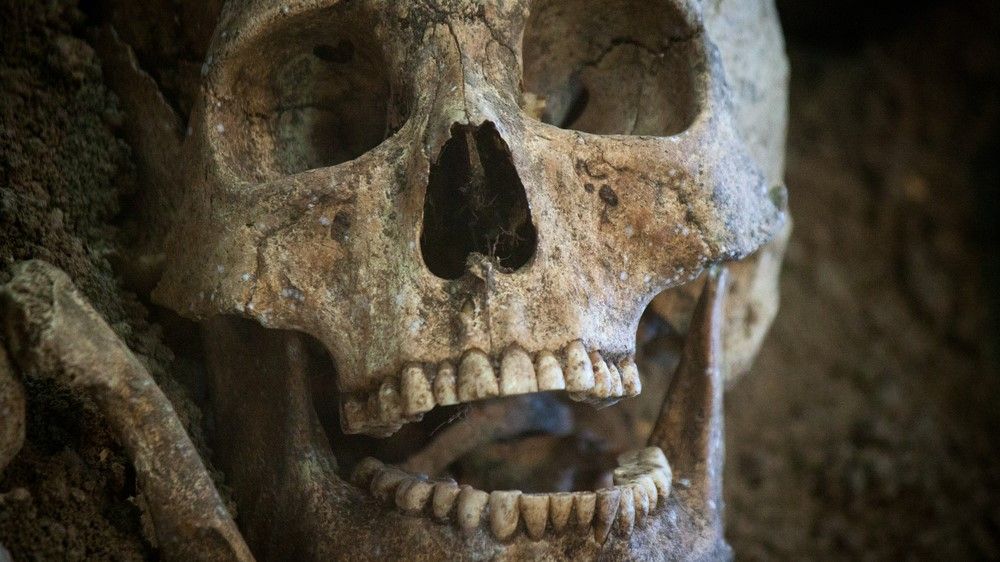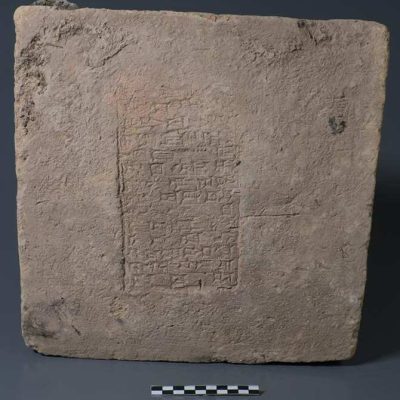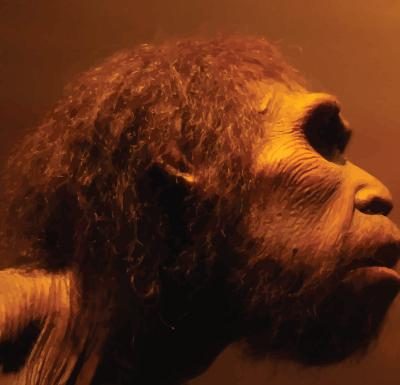In Japan, it has been discovered that intentional skull modifications were performed on children in the Hirota culture between the 3rd and 7th centuries AD. The purpose of these modifications is believed to have been to create a group identity. Skull deformations can occur in babies due to constant pressure on the soft head from incorrect sleeping positions. However, intentional skull modifications were also performed in the past to demonstrate social status or group affiliation. The Hirota culture in Tanegashima, Japan, is now known to have practiced this tradition.
The Hirota burial site in Tanegashima was first excavated between 1957 and 1959, and then again between 2005 and 2006. During the initial excavation, remains with distinctive skull deformations, such as short heads and flattened back of the head, were discovered. However, it was unclear whether these deformations were intentional or accidental. To determine this, researchers from Kyushu University analyzed 2D images and 3D scans of the bones and compared them to skulls from other archaeological sites in Japan. They found significant differences between the Hirota skulls and those of other cultures, indicating that the skull modifications were intentional.
The reason for the skull modifications is still unknown, but the researchers speculate that it was to create a group identity and facilitate the trade of shells. This discovery sheds light on the practice of intentional skull modifications in ancient societies and provides insight into the social and cultural significance of this practice in East Asia and around the world. Further research in the region is needed to gain a deeper understanding of this tradition.










